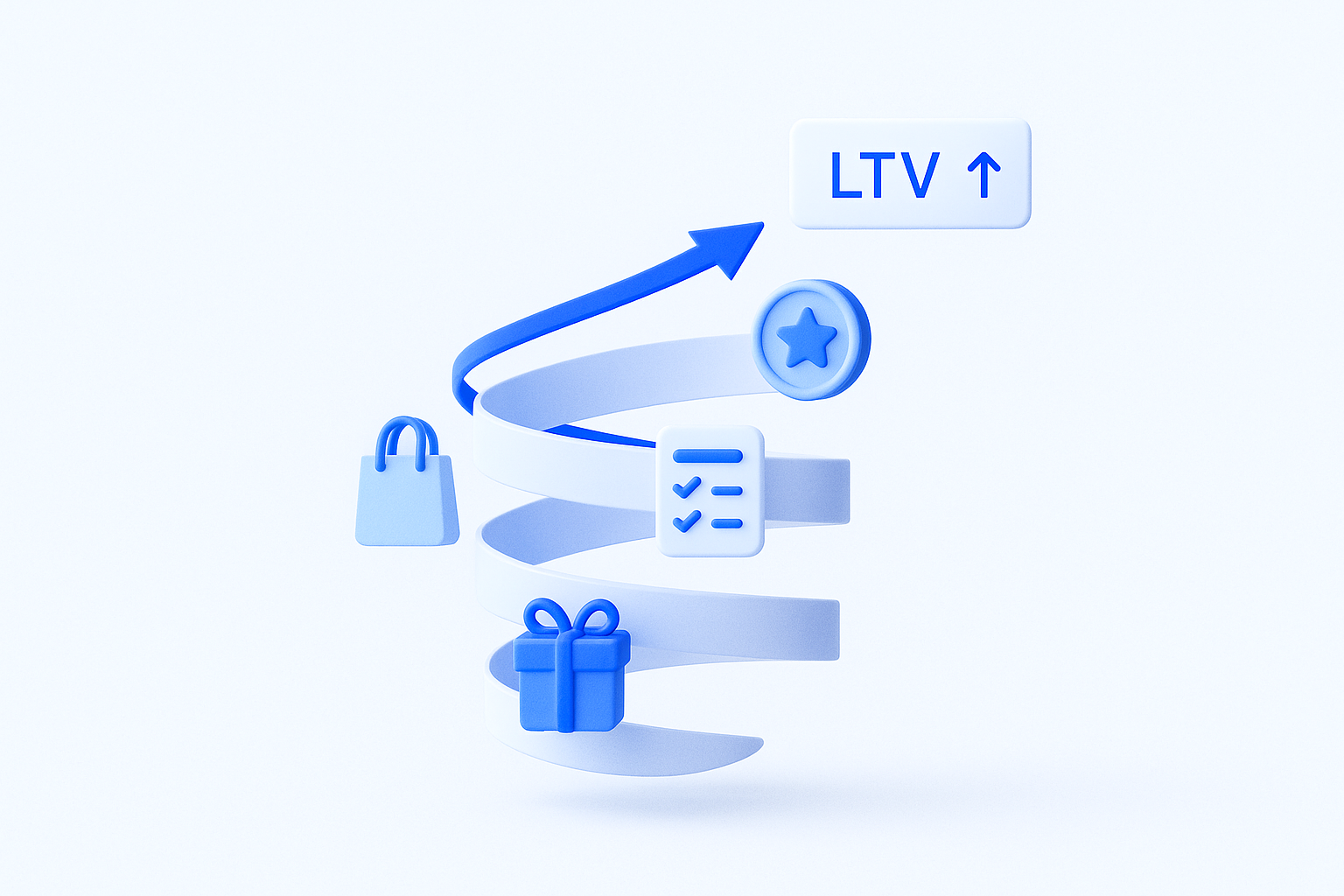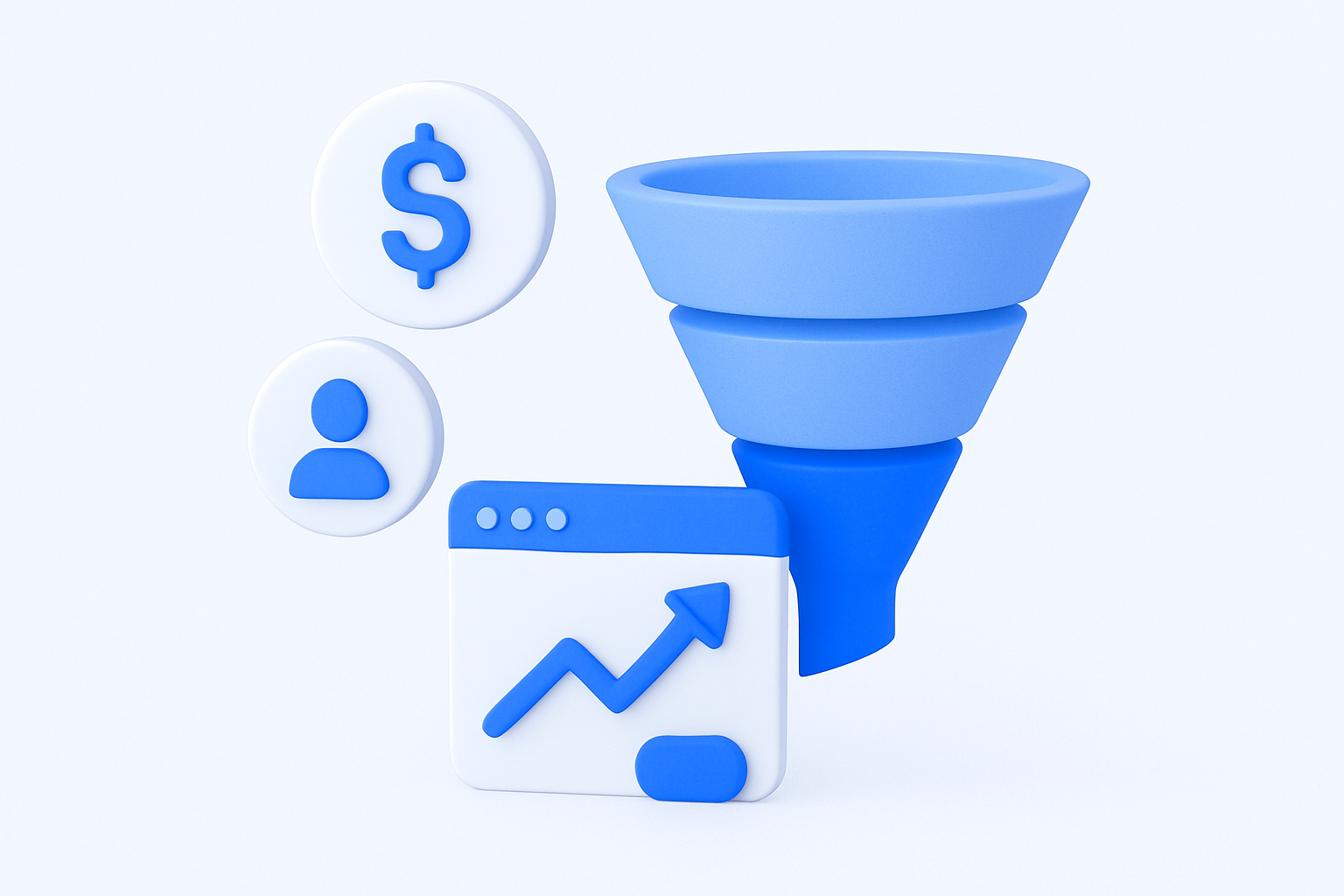The Role of Retention in Maximizing Customer Lifetime Value

In most growth conversations, Customer Lifetime Value (LTV) is treated as a trailing metric — a byproduct of acquisition, pricing, and perhaps a few retention emails. But the reality is far more strategic: retention is the foundation of sustainable growth, and LTV is the single most important number in modern business economics.
Brands that focus solely on acquisition can show promising revenue spikes, but they rarely build lasting profit. Why? Because every spike is followed by a plateau — or worse, a drop — when there’s no structured post-purchase experience.
Let’s unpack why LTV depends far more on what happens after the first sale — and why retention, not reach, is the growth engine most businesses overlook.
Retention Is Not a Tactic — It’s a System
When businesses talk about retention, they often reduce it to repeat email campaigns, loyalty discounts, or seasonal offers. These are tools — not strategies. Retention isn’t about chasing the customer for one more order. It’s about building an environment they want to return to, consistently.
At its core, retention is systemic.
It reflects how well a brand delivers on its promise — not once, but across the entire customer lifecycle. From onboarding and support to product experience and personalized communication, every interaction contributes to the customer’s decision: “Do I return, or do I forget?”
LTV is not a math problem. It’s an experience problem.
The brands with the highest LTVs are not those with the best prices — they’re the ones with the most consistent, coherent systems for delivering value over time.
The Economics: Why Retention Multiplies, Not Adds
It’s not enough to say retention is “important.” Let’s talk math.
Acquiring a new customer can cost 5–7x more than retaining an existing one. But that’s only half the story. When retention is optimized:
- Your Customer Acquisition Cost (CAC) becomes more efficient. Even a high CAC can become profitable if the LTV justifies it.
- You can predict revenue with far more precision, allowing for more aggressive scaling.
- You reduce dependency on ad platforms, giving you control over your margins, not just traffic.
In a world of rising media costs and shrinking attention spans, retention is your financial insulation. It’s not a luxury — it’s a necessity for predictable, compounding growth.
Retention Begins Before the Sale
Here’s a common misconception: that retention is something that starts after the customer has checked out.
In reality, the seeds of retention are planted in your acquisition process. If the offer is misleading, if the messaging overpromises, if the funnel creates an expectation that the product can’t fulfill — you’ve already lost the next sale before it happens.
Retention is a mirror. It reflects not just how well you deliver, but how honestly you sell.
The most successful retention strategies begin with:
- Crystal-clear value propositions
- Product experiences that reinforce the acquisition promise
- Seamless onboarding that builds confidence immediately after purchase
When a customer feels understood, supported, and impressed — they come back. And they bring others with them.
Why Most Retention Efforts Fall Short
The mistake many brands make is treating retention like a reactive measure. They look at churn, panic, and try to patch the holes with offers or surveys.
But real retention comes from architecture, not reaction.
It requires:
- Segmenting customers by behavior, not just demographics
- Mapping the full lifecycle journey, from onboarding to reactivation
- Designing experiences that evolve with the customer over time
Retention is not about trying harder. It’s about designing smarter.
Without a structured approach, even the best CRM tools or email flows become noise. But with the right system in place, retention becomes your quietest — and most powerful — profit engine.
Kynera’s Perspective: Building for LTV by Design
At Kynera, we don’t treat retention as an afterthought. It’s baked into how we design funnels, offers, and post-purchase journeys.
We start by understanding the product’s role in the customer’s life — not just at the moment of purchase, but in the weeks and months after. From there, we design:
- Structured onboarding experiences
- Lifecycle communication frameworks
- Repeat purchase flows based on real behavior data
Our goal is not just to increase repeat orders.
Our goal is to turn customers into assets — each one a long-term contributor to revenue, brand equity, and market advantage.
We help our partners design businesses that don’t just grow — they compound.
Final Thought
In a market obsessed with growth hacks and top-of-funnel tactics, it’s tempting to treat LTV as a bonus metric.
But the most resilient, profitable brands in the world have one thing in common: they earn loyalty by design. They build systems that turn one sale into five. One campaign into a cycle. One customer into a brand advocate.
Retention isn’t just a part of the growth strategy.
It is the growth strategy.

